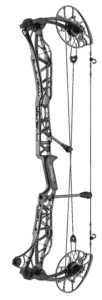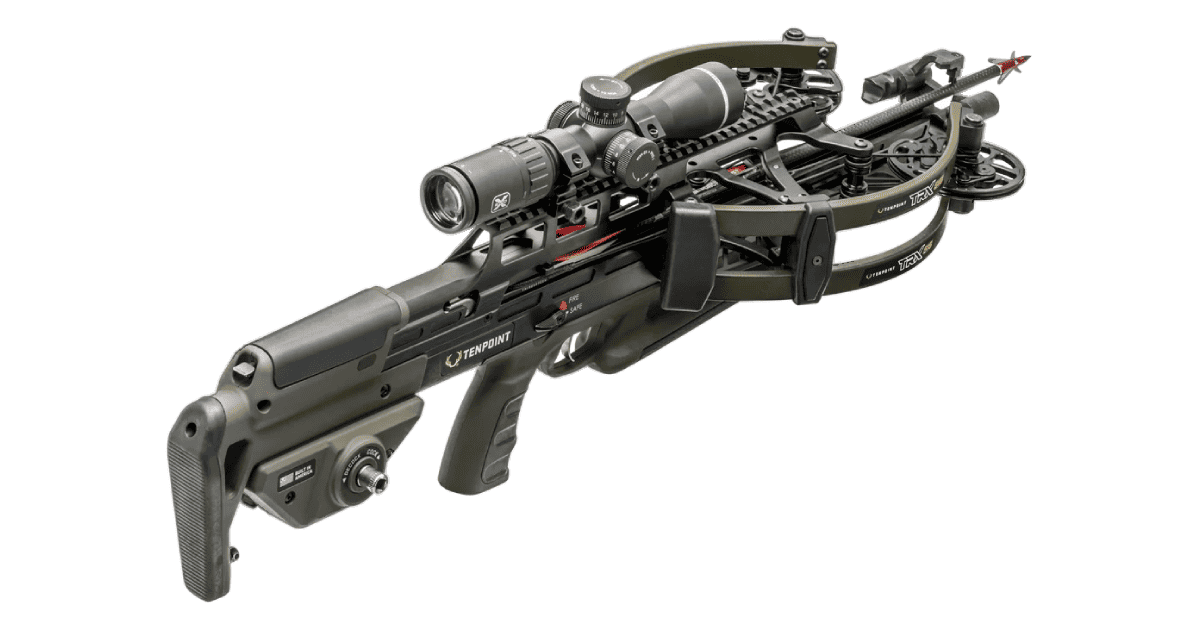Archery has existed for thousands of years, first as a means of hunting and then as a means of war. Early longbows required tremendous strength to draw and intense training to be accurate. Archers were a rare commodity, and technological advancements brought us the Crossbow. This new bow style required far less skill to shoot accurately but was equally as lethal as a traditional bow in the hands of a trained archer.
In the modern age, both styles of bows exist in the archery space, with crossbows gaining popularity each year. This has led to some contention in the archery community – especially in hunting. Proponents of crossbows will tell you they are more accessible and perfect for individuals with a physical injury (Shoulder, Neck, Back, etc.), allowing people to partake in the archery hunting season that wouldn’t typically be able to participate. Opponents of crossbows will tell you that they take the skill out of archery and are more akin to shooting a rifle than a bow.
This debate has raged on for decades, and I suspect it will continue to rage on while the two styles of archery exist. Regardless of where you stand on this issue, crossbows continue to gain popularity, and recreational shooters are faced with a difficult question – Do Archery Clubs Allow Crossbows?
It is a fair question that should be answered by a simple yes or no. Unfortunately, it isn’t quite that simple. This post will examine why so many clubs struggle with this issue.

Table of Contents
Kinetic Energy
Kinetic Energy is a measurement of the energy contained in an object in motion. It is determined by the weight of the object and its speed. The Kinetic Energy Calculations for the charts below are as follows: Arrow Mass times Velocity Squared divided by 450,240. This information was obtained from Western Whitetail.
2024 Popular Compound Bows

In the world of Compound Bows, there are two standards for measuring speed: the International Bowhunting Organization (IBO) and Archery Trade Association (ATA) Speed Ratings. Each organization measures speed using different criteria.
The example below assumes the IBO Speed Criteria are being met. This information is then used to calculate kinetic energy. It is worth noting that the average archer is unlikely to get the advertised speeds due to changes in draw weight, draw length, and arrow selection for a personalized setup. These figures are used as a guide.
IBO Speed Rating
The IBO Criteria for Bow Speed require that a 400-grain arrow be shot at maximum draw length at 80 pounds of draw weight. Draw weight can be +/- two pounds, and arrow weight can be adjusted to 5 grains per pound of draw weight. Arrow speed is measured at point-blank range as it exits the bow.
ATA Speed Rating
The ATA Criteria for Bow Speed require that a 350-grain arrow be shot at a draw length of 30 inches at 70 pounds of draw weight. Draw weight can be +/- two pounds, and arrow weight can be adjusted to 5 grains per pound of draw weight. Arrow speed is measured at point-blank range as it exits the bow.
| Make | Model | IBO Speed Rating | Kinetic Energy |
|---|---|---|---|
| Mathews | Lift | 348 fps | 107.59 ft-lbs |
| Bowtech | Core SR | 344 fps | 105.13 ft-lbs |
| Hoyt | Alpha X | 344 fps | 105.13 ft-lbs |
| Prime | RVX | 342 fps | 103.91 ft-lbs |
| Elite | Ethos | 340 fps | 102.70 ft-lbs |
2024 Popular Crossbows

In full transparency, I am not a crossbow archer and do not know a lot about them. While researching Top Crossbows for this article, I discovered that consistent testing criteria for measuring speed don’t seem to exist. The Tenpoint TRX 515 advertises up to 515 fps speeds, shooting a 400 Carbon Elite arrow weighing 410 grains.
For consistent Kinetic Energy calculations, I will assume all crossbows on the list meet the advertised speeds by shooting the same 410-grain arrow.
| Make | Model | Speed Rating | Kinetic Energy |
|---|---|---|---|
| Tenpoint | TRX 515 | 515 fps | 241.52 ft-lbs |
| Ravin | R50X | 505 fps | 232.23 ft-lbs |
| Killer Instinct | Vital X 430 | 430 fps | 168.37 ft-lbs |
| Barnett | XP 405 | 404 fps | 148.63 ft-lbs |
| Excaliber | REV X | 400 fps | 145.70 ft-lbs |
Target Damage
The charts above show that arrows fired by crossbows tend to have far more kinetic energy than those fired by vertical bows. This translates to targets being struck harder with more penetration by the arrow, leading to excessive wear and tear.
This is especially concerning to Archery Clubs as it applies to expensive 3D Archery Targets. Many Indoor Range Walls and Outdoor Practice Ranges utilize commercial targets not rated for crossbow speeds and will wear out quickly.
Does Your Archery Club Allow Crossbows?
Many clubs will likely allow crossbows under certain conditions when presented with this question. They may strictly prohibit them indoors to limit excessive wear and tear on targets. They may also limit them to specific crossbow-rated outdoor targets. In some cases, your local Archery Club may provide a place to shoot your crossbow, but you may be required to provide your own target.
As stated at the beginning of this blog post, this is a tricky question, and the answer will vary from one club to the next. If you enjoy shooting a crossbow and are interested in joining a local Archery Club, we strongly advise you to contact the club and inquire about using crossbows.

